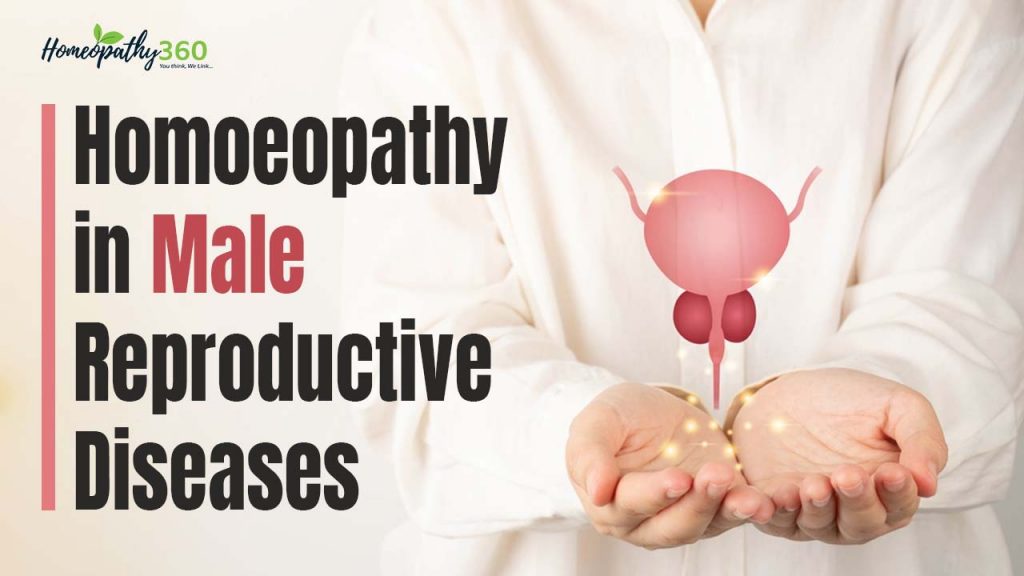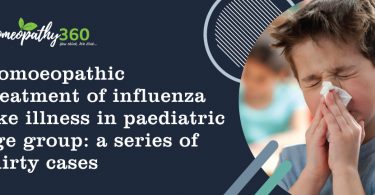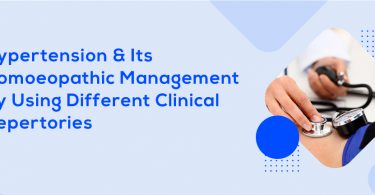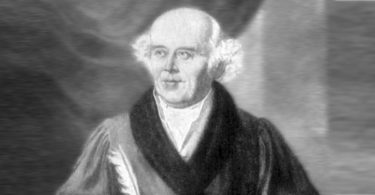
Abstract– There are various diseases related to male reproductive organs and the causes also vary widely, various types of diseases in male reproductive system and homoeopathic management of oligospermia is discussed below.
Keywords– Oligospermia, azoospermia, homoeopathic management.
Abbreviations– WHO: world health organization, micro TESE: microsurgical testicular sperm extraction.
Introduction
The male reproductive organs exist to manufacture sperm. The organs are prone to several relatively common conditions, such as testicular or penile cancer (can be life-threatening), infertility or erectile dysfunction (can cause serious psychological distress and lower quality of life for sufferers).
The male reproductive system consists of testes that sit in the scrotum, and the penis.
The penis contains the urethra ( which is a common passage of urine and sperm) and two vessels either side of the urethra (these fill with blood to give an erection). Sperm is produced in the testes. It travels up the vas deferens vessel to the urethra, where it mixes with prostate fluid to form semen. At climax the semen travels out of the urethra at great speed (known as ejaculation).
Sperm problems can be caused by:
• Trapped sperm inside the testicles
• Orchitis
• Sexually transmitted infections
• Undescended Testicles
• Varicoceles
• Reversal of vasectomy, which may be associated with poor quality sperm
Sperm problems are not the only cause of infertility. Ejaculation problems (for example, when the semen goes the wrong way called retrograde ejaculation), spinal cord injury, diabetes and erectile dysfunction can all make it more difficult to conceive
Usually, there are no obvious symptoms, unless the infertility is caused by an underlying medical condition, such as varicocele. The first sign of a possible infertility problem is usually when the couple is unable to conceive after unprotected coitus for at least 1 year. Although, it should be remembered that at this stage, the infertility problem could be due to either male or female partner or both.
All couples can take a while to become pregnant, so it is generally recommended to try for a year before both partners seek help. Risk factors also include having had mumps, surgery in the pelvic area or producing low volumes of semen. (1)
Female can have large number of causes of infertility as compared to males who’s most common cause is manufacturing or transporting defects in the sperm.
Homeopathic treatment has a fast impact and is considered among the safe treatment options for male infertility. This treatment for male infertility has quite a high success rate with low cost compared to other treatments available.(2)
Body– Male infertility refers to a male’s inability to result pregnancy in a fertile female. “Male factor” infertility is seen as an alteration in sperm concentration/motility/morphology in at least one sample of two sperm analysis, collected 1 and 4 weeks apart. It accounts for 40-50% of infertility and affects approximately 7% of all men. Male infertility is commonly due to deficiencies in the semen, and semen quality is used as a surrogate measure of male fecundity.
Males with sperm parameters below the WHO normal values are considered to have male factor infertility.The most significant of these are low sperm concentration (oligospermia), poor sperm motility (asthenospermia), and abnormal sperm morphology (teratospermia). Other factors less well associated with infertility include semen volume and other seminal markers of epididymal,
prostatic, and seminal vesicle function. As high as 90% of male infertility problems are related to count and there is a positive association between the abnormal semen parameters and
sperm count. The problem with sperm count, motility, and morphology stems from disarray in control mechanism, including pre-testicular, testicular, and post-testicular factors.
Hence, semen analysis remains the single most useful and fundamental investigation with a sensitivity of 89.6%, that it is able to detect 9 out of 10 men with a genuine problem of male infertility. It is a simple test that assesses the formation and maturity of sperm as well as how the sperm interacts in the seminal fluid. It also provides insight not only on sperm quantity, but the sperm quality as well. (3)
The sperm count is considered lower than normal if it is less than 15 million sperm per milliliter of semen. (4)
Besides being known as low sperm count, oligospermia is also called oligozoospermia. A severely low sperm count (fewer than 5 million sperm in 1 milliliter of semen) is also known as severe oligospermia. (5)
There is a regional variation in the prevalence of azoospermia and oligozoospermia in the male partners of infertile couples from different regions of India. The prevalence of azoospermia in Kurnool and Jodhpur is higher than other areas of the country.
At least one sexual health disorder was reported by 81% of the men. The most commonly reported disorder was self-perceived defect in semen (64.4%), followed by loss of libido (21%), masturbation guilt (20.8%), erectile dysfunction (5%), and premature ejaculation (4.6%). Factors significantly associated with sexual health disorders among all men were being never married (odds ratio = 2.04; 95% confidence interval: 1.51, 2.77), smoking (1.57; 1.16, 2.14), cannabis use (4.20; 1.68, 10.48), diabetes (2.40; 1.22, 4.73), and hypertension (3.17; 1.12, 8.92). (3)
homeopathic medicines boost the sperm count and also correct the abnormalities of the sperm.
The unique quality of homeopathic treatment is that it does not have any hormonal side-effects. It takes an average time of 2-4 months for the homeopathic medicines to show their effective results because it takes time to improve the quality of the semen . But the results are mostly quite satisfying and the patient does not have to rely on any other treatment simultaneously.
Homeopathy also treats other urological problems and hormonal issues as well. And, it also hastens the process of formation of sperms (spermatogenesis). So, homeopathic treatment is quite reliable for the treatment of male infertility. (2)
The cost of the Micro-TESE procedure for male infertility ranges from INR 50,000- INR 60,000 per procedure and compared to homoeopathic treatment which is way more cheaper than other treatments.
Homeopathic treatment is the most effective treatment of Oligospermia and to treat Azoospermia, as it improves sperm count, motility, the quantity of semen, semen viscosity, the quality of sperms, erection dysfunctions, hormonal imbalances, and it has higher success rate and is safest and fastest procedure for the treatment.
Homeopathic treatments of Oligospermia/Azoospermia include:
1. Phosphoric Acid: Phosphoric acid is used to increase the sperm count in the persons suffering from unintentional and involuntary seminal loss, it also improves the quality of the sperms.
2. Agnus Castus: Agnus Castus is an effective remedy for decreased sexual powers in the patient, including dysfunction in erection, relaxed, shrivelled and cold genitals. The patients also suffer from aversion towards the sexual intercourse. It also increases the sperm count.
3. Arnica: This medicine is used to improve the sperm count when the cause of the lesser sperms is a varicocele. This is a natural remedy and cures the disease efficiently.
4. Aurum Metallicum: Aurum Metallicum is used for treatment when the cause behind is a varicocele.
5. Caladium: This is used for treating the patients with weak or reduced sexual powers, the reasons for which might include tobacco usage.
6. Conium: This homeopathic medicine is effective to increase the sperm count caused by orchitis when testes swell and become enlarged.
7. Hamamelis: This medicine is used to improve the sperm count when the cause of the lesser sperms is a varicocele. This is a natural remedy and cures the disease efficiently 8. Iodum: Iodum act as a helpful medicine for treatment of hydrocele with the pain. 9. Rhododendron: This medicine is helpful in case of severe painful and swollen testes, which becomes more painful with a slight touch.
10. Selenium: If the patient has a history of excessive seminal loss, then Selenium is one of the effective homeopathic medicines for involuntary seminal loss during sleep, passing stools, or even urinating.
11. Staphysagria: Staphysagria is used to treat Oligospermia caused by orchitis, varicocele, and involuntary seminal loss. It increases the quality and the quantity of the sperms in the semen and is widely used in the treatments.
12. X-Ray: This medicine is used to treat the less sperm count which is caused by general debility. (6)
Following natural homeopathic medicine have shown there curable effects on oligospermia and morphological defects of sperms. Studies have shown that homeopathy medicine helps male having healthier sperm with increase chances of fertility.
These homeopathic medicines are adapt gens which help normal functioning of endocrine system. For best results homeopathic medicines should be used for at least for 6 months, and patient should be advised to cross check the sperm count and analysis every 3 months.
Advantage of homeopathy treatment
i. Homeopathy is very fast to act and one of the natural and safest modes of treatment. ii. Proven and tested in thousands of infertility patients with success rate of 85%. iii. Homeopathic Medicine not only effective in increasing sperm count but also helps in increasing sperm motility and sperm volume, abnormal sperm morphology can also be corrected with homeopathy treatment.
iv. Homeopathic medicine does not contain any hormones.
v. Minimum time required for homeopathy treatment is 3-4 months with at least 1million sperm count, further there is no need of medicine for at least 7 to 8year after completion of homeopathy treatment.
vi. Homeopathy also treats Varicocele, imbalance of hormones and other related urological abnormalities.
vii. Homeopathy promotes Spermatogenesis.
viii. It not only helps to achieve normal sperm counts in males with Small Testes but also in those male having only one testis. (7)
CONCLUSION– The above discussion clearly implies that homeopathy is efficacious and beneficial in cases of diseases of male reproductive disease.
REFERENCES
1. Male reproductive organs[Internet]. The Urology Foundation.Available from: https://www.theurologyfoundation.org/urologyhealth/male- reproductive-organs 2. How effective is a homoeopathic treatment for infertility in males[Internet]. Pristyn Care. 2022[cited 26 February 2022]. Available from:
https://www.pristyncare.com/blog/homeopathic-treatment-for-infertility-in-males pc0441/
3. Leslie SW, Soon-Sutton TL, Khan MAB. Male infertility [Internet]. National Institutes of health. 2023[cited 3 March 2023]. Available from:
https://www.ncbi.nlm.nih.gov/books/NBK562258/
4. Low sperm count[Internet]. Mayo Clinic. 2022[cited 17 December 2022]. Available from: https://www.mayoclinic.org/diseases-conditions/low-sperm-count/symptoms-causes/syc 20374585#:~:text=A%20low%20sperm%20count%20is,sperm%20per%20milliliter%20 of%20semen.
5. Oligospermia (low sperm count)[Internet]. Cleveland Clinic. 2022[cited 2 April 2022]. Available from:
https://my.clevelandclinic.org/health/diseases/22477-oligospermia-low-sperm-count
6. Dr. Irfan Ahmad. Low sperm count- Can homoeopathy help treat it?[Internet]. Lybrate. 2023 [cited 14 May 2023]. Available from:
https://www.lybrate.com/topic/low-sperm-count-can-homeopathy-help-treat it/152e90dbe29d2239923019bd7865c1ab
7. Abhishek Kasana.Homeopathy and its Scope in Increasing Sperm Count and its Action on Male Fertility[Internet]. MedCrave. 2017[cited 18 May 2017]. Available from: https://medcraveonline.com/IJCAM/homeopathy-and-its-scope-in-increasing-sperm count-and-its-action-on-male-fertility.html




